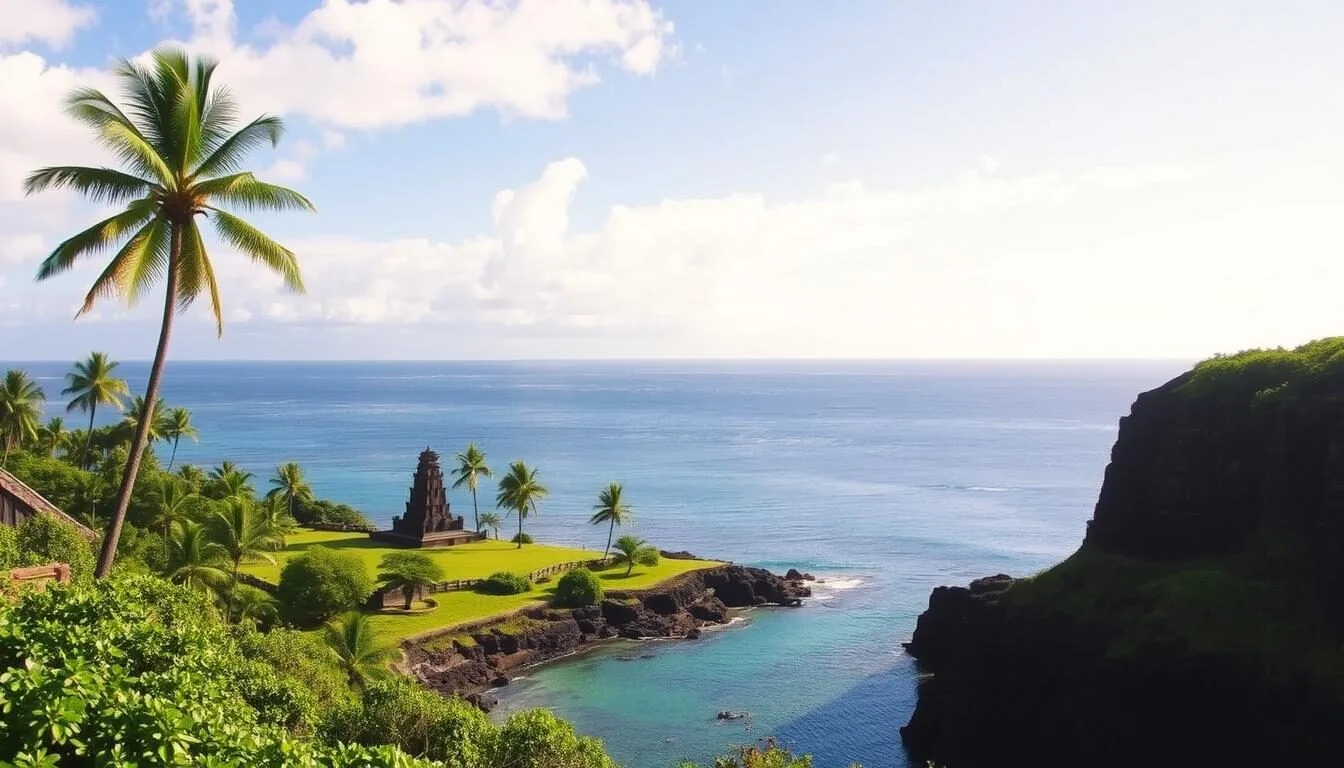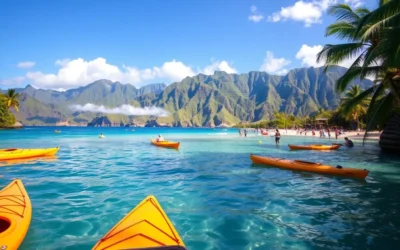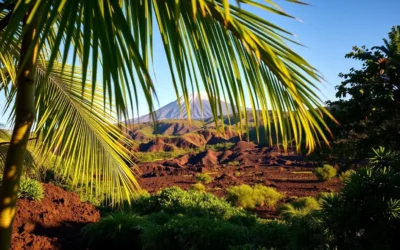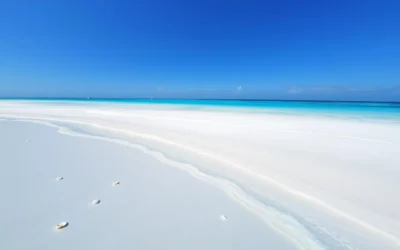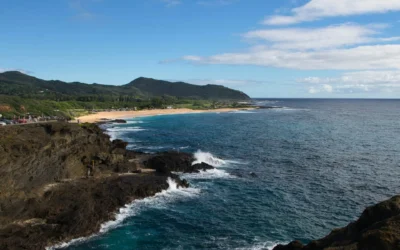✓ Accommodations ✓ Flights ✓ Rental Cars ✓ Tours & Activities
Imagine standing in a place where ancient Hawaiian traditions and history come alive. Pu’uhonua o Honaunau National Historical Park is a sacred sanctuary on the Kona coast of Hawaii’s Big Island, offering a unique glimpse into the island’s rich cultural heritage.
As you visit this historically significant site, you’ll learn about the refuge where Hawaiians once sought protection from death sentences for breaking sacred laws. The park’s preserved temples, royal grounds, and the Great Wall that surrounds the area provide a fascinating look into the lives of ancient Hawaiians.
Plan your visit to this incredible destination and experience the perfect blend of cultural significance and natural beauty.
The Sacred Place of Refuge: History and Cultural Significance
As a place of refuge, Pu’uhonua o Honaunau has been a sanctuary for centuries, protected by the God of life, Lono. This sacred site, now commemorated as Pu’uhonua o Hōnaunau National Historical Park, continues to serve as a refuge for people from around the world.
Understanding the Puʻuhonua Concept
The puʻuhonua concept is deeply rooted in ancient Hawaiian culture, representing a place of safety and forgiveness. It was here that individuals who broke kapu, or sacred laws, could seek refuge and avoid punishment.
Sacred Laws and Kapu System
The kapu system formed the foundation of ancient Hawaiian law, governing daily life. It dictated social interactions, resource management, and religious practices, separating chiefs from commoners and sacred from profane.
| Aspect | Description | Significance |
|---|---|---|
| Puʻuhonua Concept | Place of refuge and forgiveness | Offered safety to those who broke kapu |
| Kapu System | Governed daily life and social hierarchy | Maintained order and balance in society |
| Cultural Practices | Included religious and social norms | Preserved Hawaiian heritage and traditions |
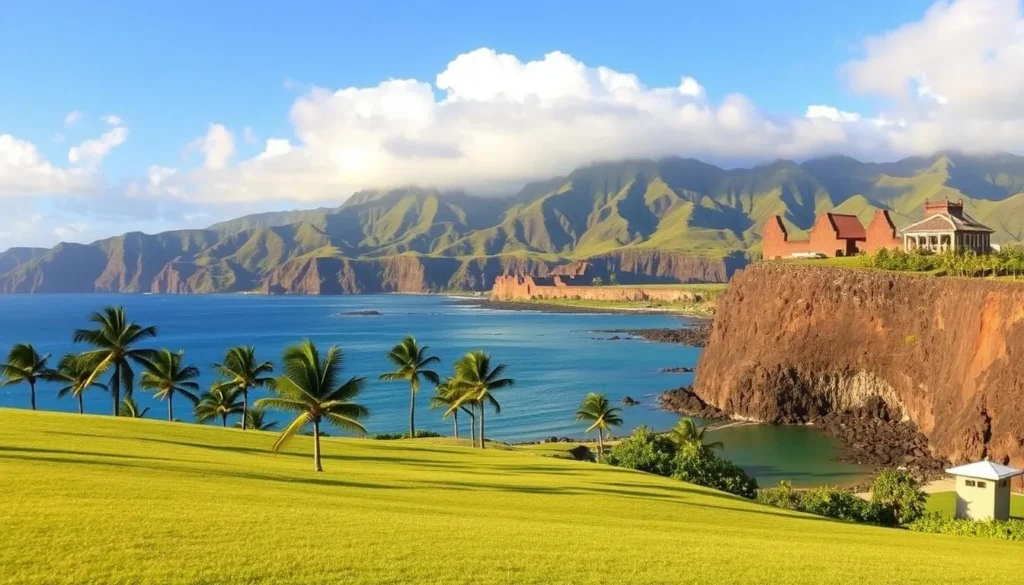
Pu’uhonua o Honaunau Nat’l Park, The Big Island, Hawaii: Visitor Information
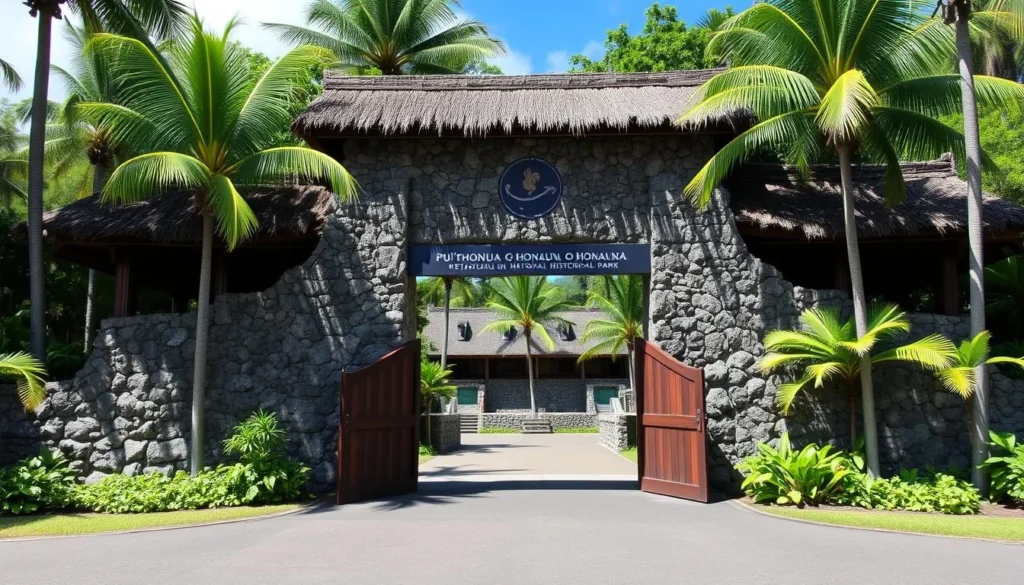
When planning your visit to Pu’uhonua o Honaunau National Park, it’s essential to know the park hours and entrance fees. The park is open daily, and understanding its operating schedule will help you plan your day effectively.
Park Hours and Entrance Fees
The park operates from 7:00 AM to 6:00 PM, with the visitor center opening at 8:00 AM. The entrance fee for a private vehicle is $30, valid for 7 days. For individuals on foot or bicycle, the fee is $15 per person, also valid for 7 days.
Fee-Free Days and Special Events
The National Park Service offers fee-free days in 2025 on specific holidays, including Martin Luther King Jr. Day, the first day of National Park Week, Juneteenth, National Public Lands Day, and Veterans Day. Additionally, the park hosts various cultural demonstrations and events throughout the year, such as traditional Hawaiian crafts and the Cultural Festival in June or July.
Some of the special events include the Makahiki season, which brings special programming related to ancient Hawaiian traditions, and occasional astronomical events that connect to Hawaiian celestial navigation. It’s recommended to check the official park website before your visit for the most up-to-date information on events and demonstrations.
Experiencing the Park: Tours and Activities

With its rich history and cultural significance, Pu’uhonua o Honaunau National Park provides numerous ways for you to explore and learn. You can engage with the park through various tours and activities designed to cater to different interests and age groups.
Self-Guided and Virtual Tours
The park offers self-guided and virtual tours, allowing you to explore at your own pace. You can use the virtual tour to prepare for your visit or navigate the park’s grounds remotely.
Junior Ranger Program
The Junior Ranger program is an engaging way for children and families to learn about Hawaiian culture and history. By completing the activities in the Junior Ranger booklet, available online or at the visitor center, kids can earn a badge and become official Junior Rangers.
- The program offers age-appropriate activities that make learning fun and interactive.
- Children typically spend 30-60 minutes completing the required activities, learning about Hawaiian history, marine life, and cultural practices.
- After completing the booklet, young visitors can be sworn in as official Junior Rangers and receive a badge.
Planning Your Visit to the Kona Coast Sanctuary
Pu’uhonua o Honaunau National Historical Park offers a fascinating glimpse into ancient Hawaiian life and is a great place to learn about the native culture. Located on the Kona coast of the Big Island, this national historical park is a must-visit destination.
To make the most of your visit, plan to arrive during the cooler morning or late afternoon hours. Be sure to bring reef-safe sunscreen, a hat, and plenty of water to stay hydrated. Wear comfortable shoes suitable for uneven terrain, as the park’s ancient pathways and lava rock surfaces can be challenging.
- Check the official National Park Service website for current conditions and ranger program schedules.
- Consider combining your visit with nearby attractions like Two Step (Honaunau Bay) for snorkeling.
- Respect the sacred nature of this site by staying on designated paths and maintaining a quiet demeanor.
By following these tips, you can have a meaningful and enriching experience at this unique refuge and gain a deeper understanding of Hawaiian history and culture.
The above is subject to change.
Check back often to TRAVEL.COM for the latest travel tips and deals.
